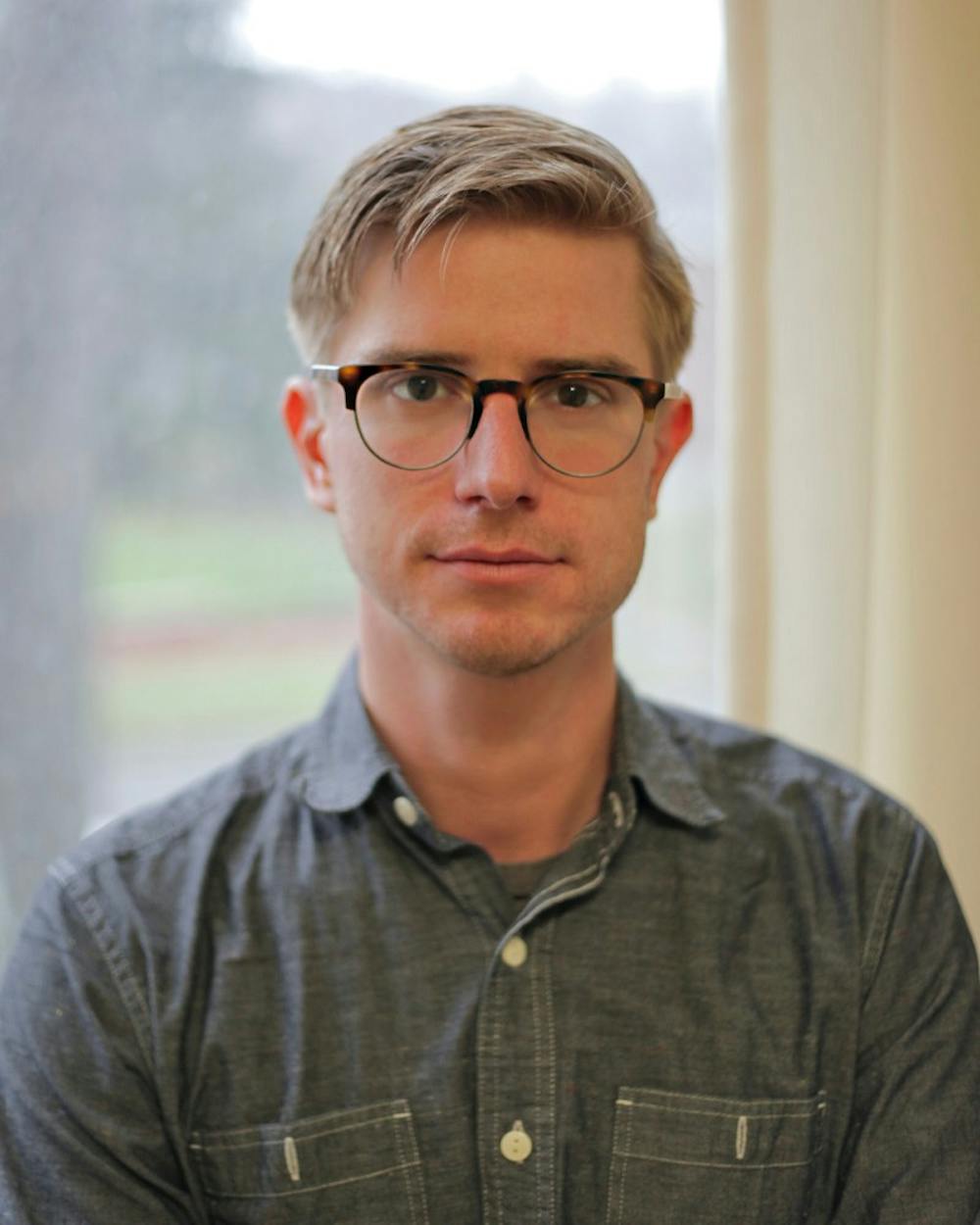Thomas Mira y Lopez is the UNC-Chapel Hill Kenan Visiting Writer for 2017-2018 and teaches in the English department. He will be reading from his new book, “The Book of Resting Places,” Tuesday, Nov. 14 at Flyleaf Books at 7 p.m.
Staff writer Emma Strickland spoke with Mira y Lopez about his book, death, burial and nonfiction writing.
The Daily Tar Heel: Can you tell me a bit about what your book is about?
Thomas Mira y Lopez: It’s called “The Book of Resting Places," so the conceit for it is that each essay explores, in some way, a different place where you would put the dead. And sometimes that’s the physical dead — the physical bodies, or the memory of the dead. How would you memorialize them in these different locations? And the impetus for writing the book was that my father died when I was in college back in 2006. Years afterwards, we cremated him, but we never did anything with the ashes. So I started thinking about how I'm remembering my dad, but how am I also losing the memory of him? How are those memories changing? What can I hold onto? What am I losing sight of? And that got me starting to think about (how) everyone else has lost people. How do they go about trying to fix a memory of the dead? That’s the general conceit. The resting places themselves range from a cemetery to catacombs to a cryonic center — where you freeze bodies, and the hope is that they’ll be able to restore them to life, sort of like a resting place where the dead aren’t supposed to be dead. So I started to explore those places both in my personal life and then out in the world as well.
DTH: How does it feel to finish a book? How long did it take you?
TMyL: I want to say I started this in 2012 when I started graduate school. The essays were actually done by 2016, so that felt good to send it out. And then sending it out and not knowing what would happen with it felt really bad and then it felt really good again to have it picked up and be published. The book's coming out (today). It’s sort of this weird feeling of wanting to be both over it and kind of mourning it being done and putting it away and also being entirely sick of it as well. You go through a range of emotions. I’m excited for it to be out, but I’m excited to keep working as well.
DTH: Do you have a favorite story from your book?
TMyL: I tend to reread it and then hate everything. But I think the first essay in it was sort of a way of verbalizing a thought process and a grief process that I hadn’t been able to verbalize before, and allowed me to play with my own voice on the page. It allowed me to take a step back from myself and look at the person I was, then when my dad was sick, and look at that person honestly and unsparingly, and then also try to tie that into wider questions. That really started getting the book into motion, so I guess I owe it to that as well. As far as favorites, it sort of changes week by week.
DTH: I think it’s tough for an artist in any form when you feel like that work of art can never be finished.



